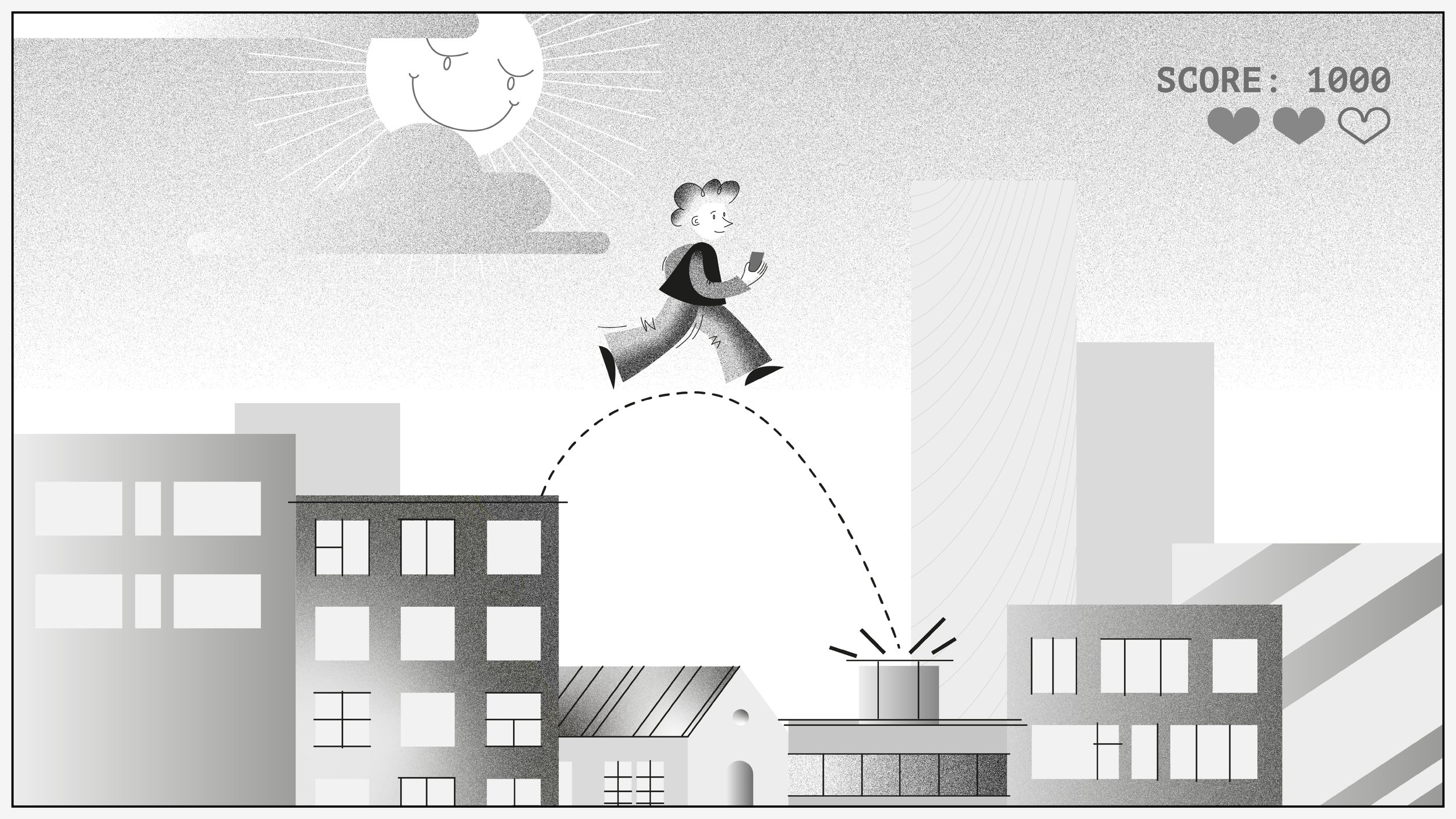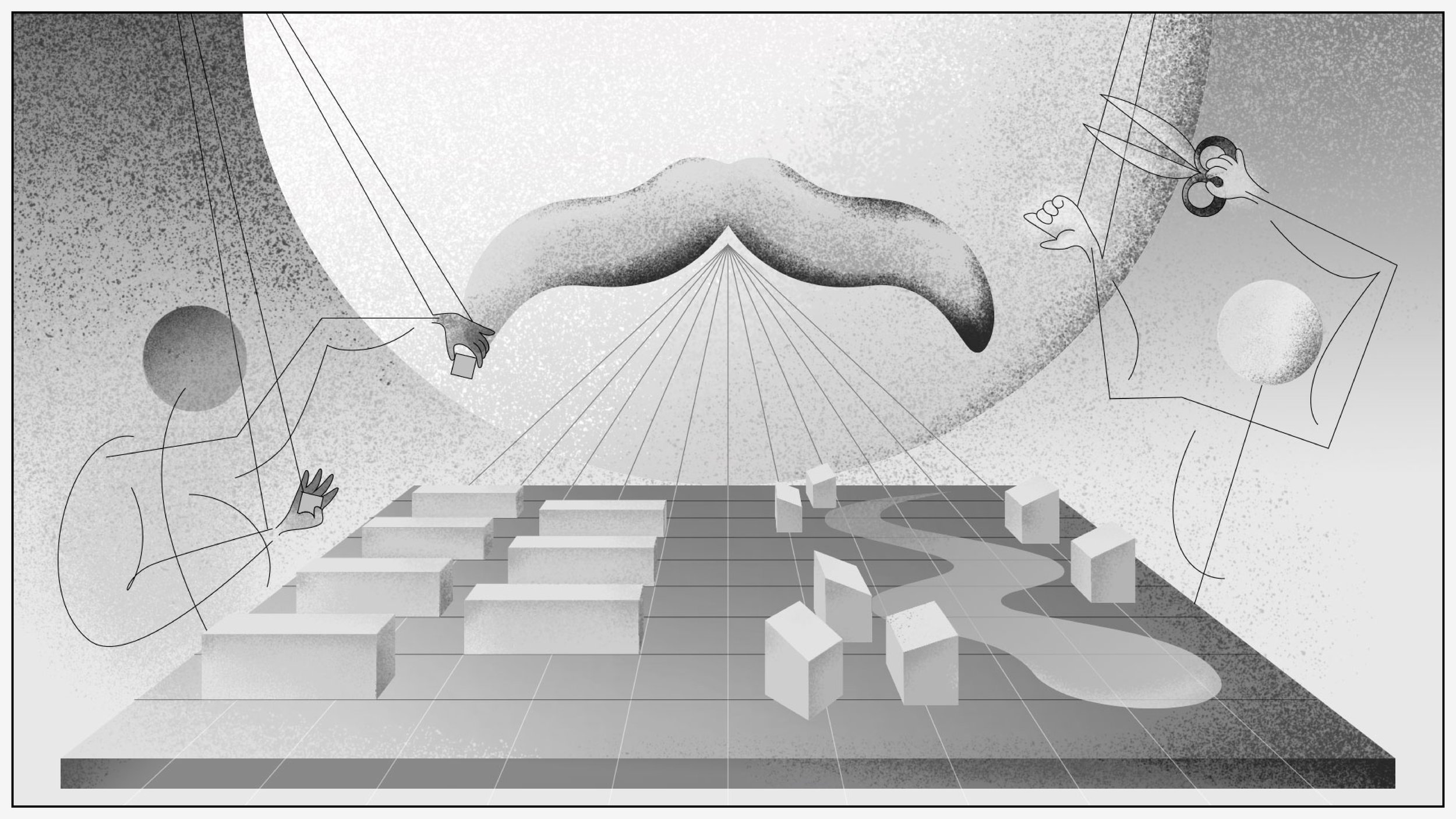Часопіс Менскай урбаністычнай платформы
У часопісе Менскай урбаністычнай платформы мы даем шмат аналітычных артыкулаў і даследаванняў пра горад
катэгорыі:
Baranavichy's Water Paradox: Planning, People, and Hydrology in a Riverless Town
Historically, Belarusian towns and cities appeared mostly on riverbanks. However, as concepts of natural processes developed and technologies advanced, urban settlements began to move away from the Earth’s ’blue capillaries’. Cities emerged in locations that were convenient from the logistical, and sometimes military viewpoint. Nature, in turn, confronted settlers with swamps and river floodplains, all demanding development. Finally, mankind has always been dependent upon water. Thus far, underground water reserves have become part of the city’s essential services, but this has not always been the case.
Homiel and the Climate: Navigating the Challenges of Adaptation
Over the past thirty years, the average annual temperature has increased by 1.36 °C in Belarus. That is, three times faster than on the planet in general. Within Belarus, global warming is most pronounced in the country’s south-east, which is a more continental part. Meanwhile, cities, as systems that concentrate population and the technosphere, become most vulnerable to natural disasters. For instance, Homiel, Belarus’s second-largest city, faces some of the most severe impacts of climate change. But what steps can be taken to adapt and protect its residents? In this article, we explore the key measures to safeguard the city’s future.
Belarusian Manor and Park Complexes Post-1991: Flourishing or Fading?
The fate of manor and park complexes in post-Soviet Belarus is quite different: some flourish, while others fade. But what are the decisive factors behind that? What funds were used to finance the restoration and renovation of these complexes, and what has been the impact? How does privatization affect manor and park complexes, and what new threats do they face? This article provides analysis with numerous examples and illustrations.
Mahiloŭ's Main Square: A Belarusian Urban Metamorphosis Through Post-Colonial Lenses
Mahiloŭ’s Slavy [Glory] Square, the most central and oldest in the city, has changed at least six names over the approximately 500 years of its existence, always being in the vortex of city’s events and transforming to meet the needs of another era. How the square’s concept was changing, together with toponyms? And what does this case tell about the history of colonialism in the region?
Belarusian Transport: A Tale of Two Worlds — The Gap Between Urban and Non-Urban Services
Talking about public transport in Belarus, most often one imagines big cities. However, access to transport facilities, primarily to bus routes, differs dramatically depending on the size of the locality. What does the bus inequality look like for Belarusians? What role do formal service standards play in it? And what can improve the situation?
The Hidden Message of the Belarusian Orthodox Church's Architecture: A Case of Russian Cultural Influence in the 1990-2020s
While the subject of church architecture has often lingered on the periphery of urbanism discussions, sacred structures wield considerable influence in the urban space. In Belarus, the reconstruction and construction of Orthodox churches tend to overlook local architectural traditions, instead aligning with Russian ones, thus amplifying Russian cultural sway. What elements facilitate the migration of Pskov-Novgorod and Vladimir-Suzdal canons into Belarus? How does the dome's shape correlate with imperialism? Are there ways to challenge the prevalence of onion-shaped domes in an independent Belarus?
Belarus' Endangered Buildings: Why Some Are More Vulnerable Than Others
Belarus is not a country whose practice of preserving architectural heritage can be called outstanding. Rather the opposite: we often hear about unique buildings being demolished or renovated in a tasteless manner. Plaster covers up decorative elements and artistic works of previous eras. But even in these circumstances, some groups of architectural objects are more endangered than others and have fewer chances to be saved. What objects belong to this group? Why are they at greater risk, and how the situation may develop?
A New Image with an Old Twist: The Orientalist Implications of Eastern Europe's Social Block Architecture
In recent years, the culture of the former «social block» has been receiving more and more attention. The Western perspective explores not only the literature, music, cinema and languages of the region commonly known as Eastern Europe, but also its urbanism, architecture and urban environment. But how does this exploration happen?
What is the decolonization of transport policy and how can it happen in Belarus?
Discussions about colonization and decolonization often focus on domains that have a distinctly symbolic character — art, education, language, history, etc. However, to what extent is it appropriate to discuss the colonization of the urban mobility domain and the transport sector? How can it happen and what does it lead to?
The Many Faces of Soviet Monumental Art: Supranational, Ideological, and National Perspective
In the USSR, monumental art was designed as a potent tool of propaganda, but it eventually became one of the freest genres of Soviet art. Monumental painting became an essential element of urban and social space, giving rise to the idea of "synthesis of painting and architecture". Artists sometimes played as vital a role in urban planning as architects: notable examples include the sgraffito in Mozyr, the outlook of the Vostok-1 microdistrict in Minsk, and the 6th microdistrict in Novopolotsk. How did monumental art evolve in Soviet cities and what implications did the principle of "National in form, socialist in content" have for the Soviet republics?
The Game and the City: A Working Approach to Addressing Urban Experiences in Belarus?
In recent years, many people have experienced alienation and boredom inflicted upon them by towns and cities, both in Belarus and in countries they were forced to relocate to. This text suggests a game-based approach to urban space as a relatively safe and understudied way of rethinking and reclaiming it. It examines the urbanistic background of play, showcases an implemented project, and considers the prospects of game-based formats for the Belarusian audience.
From Police to Dissidence: the Possibilities of Architecture in the Belarusian Situation
The events of the past three years that have befallen the region seem hardly bearable: first, the world pandemic, after — the unprecedented scale repression in Belarus and the horrifying war unleashed by Russia in Ukraine. However, their weight and intractability force us to reconsider our approach to familiar processes.
Архіў:
2024
2023
Урбан-дайджэст №11: «Вынікі года»
Belarusian Transport: A Tale of Two Worlds — The Gap Between Urban and Non-Urban Services
Па стандартах, але несправядліва: як працуе транспарт у Беларусі па-за вялікімі гарадамі
Еўразвяз і гарадское планаванне ў Беларусі: спарадычная «еўрапеізацыя на запыт»?
Новы вобраз Усходняй Еўропы як працяг старога арыенталізму: Кейс архітэктуры «сацблоку»
Урбан-дайджэст №08: «Транспарт, жыллё і еўрапейскія гарады»
Недзяржаўная экспертная дапамога гарадскім суполкам у Беларусі: даследаванне 2022-2023
What is the decolonization of transport policy and how can it happen in Belarus?
Што такое дэкаланізацыя транспартнай палітыкі і як яна можа адбывацца ў Беларусі?
Урбан-дайджэст №04: «Кліматычныя размовы і жылая нерухомасць»
Горад і гульня. Спосаб працаваць з гарадскім досведам для людзей Беларусі?
Ад паліцыі да дысідэнцтва: патэнцыял архітэктуры ў сітуацыі Беларусі
Урбан-дайджэст №03: «Транспартныя навіны і дзень жаночай салідарнасці»
2022
2021
2019
2018
Как вести кампанию за ночной общественный транспорт: пример инициативы Спаси София
HafenCity – от роскошного гетто к социально устойчивому соседству
Общественный транспорт Гамбурга: эксперименты, противоречия, параллели с Восточной Европой
Buzzwords: urban resilience = городская жизнестойкость = гарадская трываласць
Транспортная кухня двух европейских мегаполисов: наблюдения инсайдера
Как Европейский союз меняет города: европейские фонды в Румынии
«Как я влюбился в Минск»: Слепянская водная система глазами украинского фотографа
Куды знікае вечар у вялікіх постсавецкіх гарадах
Водно-зеленая система Минска в мировом контексте: история, логика развития и будущее
Куда инвестирует Минск? Анализ инвестиционной программы 2017
В поисках идеального общественного пространства Минска: тактический урбанизм












